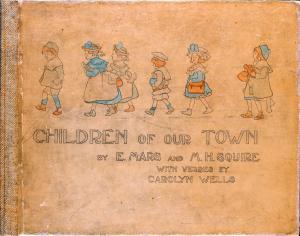The Young Musician (Illustrated Edition)
Fiction & Literature, Action Suspense, Classics, Historical| Author: | Horatio Alger, Jr. | ISBN: | 1230001374940 |
| Publisher: | Steve Gabany | Publication: | October 6, 2016 |
| Imprint: | Language: | English |
| Author: | Horatio Alger, Jr. |
| ISBN: | 1230001374940 |
| Publisher: | Steve Gabany |
| Publication: | October 6, 2016 |
| Imprint: | |
| Language: | English |
Philip Gray's father has died, destitute, and Squire Pope, who, of course, owns his home, throws Philip out with nothing except a stock certificate for 100 shares in a California gold mine, a note for a large sum of money which is probably useless, his father's gold watch, and his violin. Philip encounters many challenges as he travels across the country trying to succeed, but barely surviving.
This edition of the book contains the 10 classic illustrations of musicians around the world that are unique to this edition of the book.
Horatio Alger, Jr. (January 13, 1832 – July 18, 1899) was a prolific 19th-century American author, best known for his many formulaic juvenile novels about impoverished boys and their rise from humble backgrounds to lives of middle-class security and comfort through hard work, determination, courage, and honesty. His writings were characterized by the "rags-to-riches" narrative, which had a formative effect on America during the Gilded Age.
Philip Gray's father has died, destitute, and Squire Pope, who, of course, owns his home, throws Philip out with nothing except a stock certificate for 100 shares in a California gold mine, a note for a large sum of money which is probably useless, his father's gold watch, and his violin. Philip encounters many challenges as he travels across the country trying to succeed, but barely surviving.
This edition of the book contains the 10 classic illustrations of musicians around the world that are unique to this edition of the book.
Horatio Alger, Jr. (January 13, 1832 – July 18, 1899) was a prolific 19th-century American author, best known for his many formulaic juvenile novels about impoverished boys and their rise from humble backgrounds to lives of middle-class security and comfort through hard work, determination, courage, and honesty. His writings were characterized by the "rags-to-riches" narrative, which had a formative effect on America during the Gilded Age.















